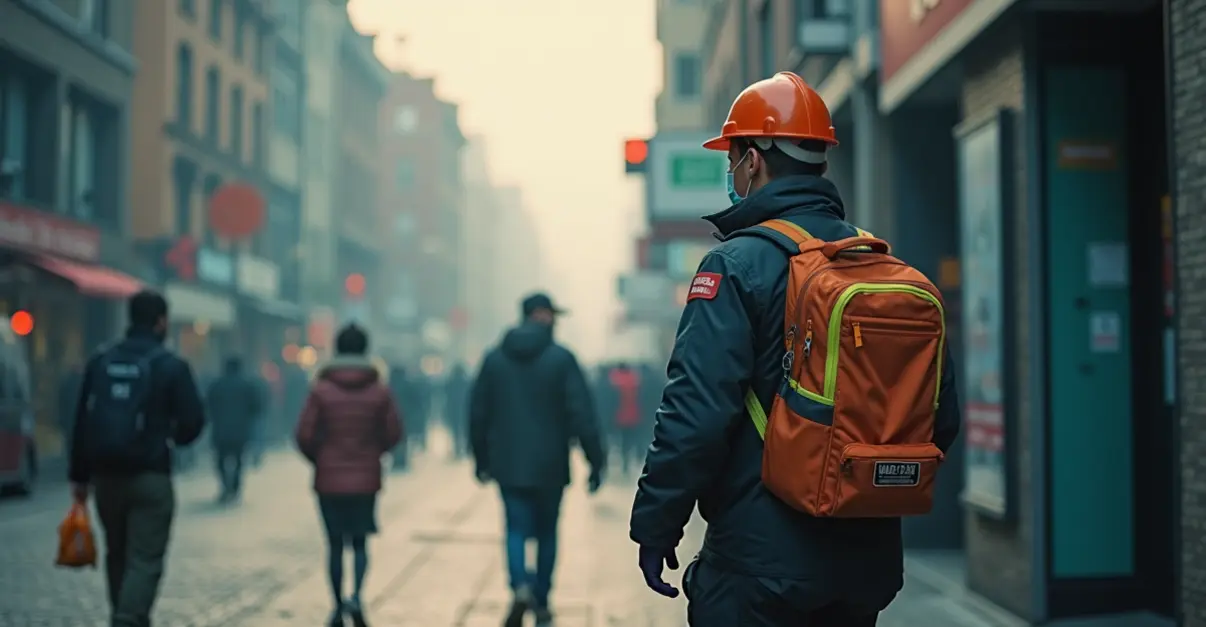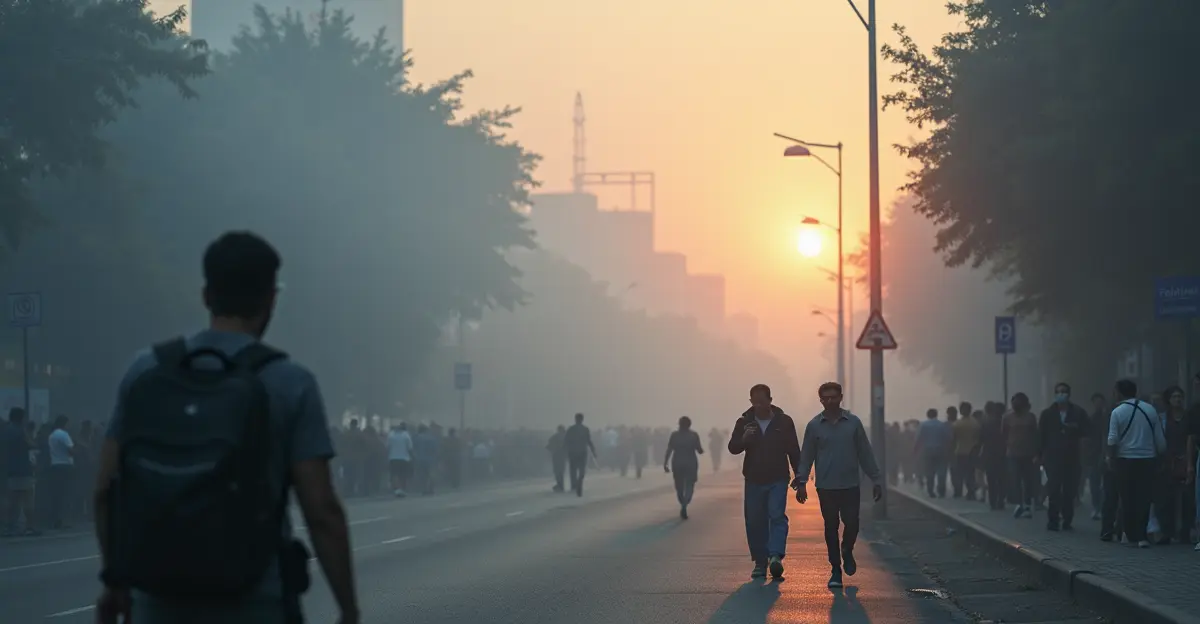Record 156M Americans face poor air quality in 2025. Vulnerable populations including children, elderly, and asthma sufferers need advanced alert systems and protection programs. Mobile apps and IoT technology provide real-time monitoring while global initiatives push for cleaner air policies.

Rising Air Pollution Threatens Public Health
As 2025 unfolds, air quality concerns have reached unprecedented levels across the United States and globally. According to the American Lung Association's State of the Air 2025 report, a record 156.1 million Americans—46% of the population—now live in counties with failing grades for ozone or particle pollution. This represents a dramatic increase of nearly 25 million people from the previous year, signaling a troubling reversal of previous air quality gains.
Vulnerable Populations at Greatest Risk
While poor air quality affects everyone, certain groups face disproportionate health risks. Children, the elderly, individuals with pre-existing respiratory conditions like asthma, and low-income communities are particularly vulnerable to the effects of air pollution. 'The developing lungs of children are especially susceptible to damage from pollutants like PM2.5 and ozone,' explains Dr. Maria Rodriguez, a pediatric pulmonologist at Boston Children's Hospital. 'We're seeing increased asthma attacks, reduced lung function, and long-term developmental impacts in children exposed to poor air quality.'
For elderly populations, the risks are equally concerning. 'Older adults with cardiovascular conditions face significantly higher risks of heart attacks and strokes during poor air quality days,' notes Dr. James Wilson, a cardiologist specializing in environmental health. 'The combination of age-related health decline and pollution exposure creates a perfect storm for serious health complications.'
Air Quality Alert Systems: Technology and Implementation
Modern air quality alert systems have evolved significantly, leveraging advanced technology to protect public health. The Air Quality Index (AQI) remains the cornerstone of these systems, providing color-coded alerts that range from Good (green) to Hazardous (maroon). When AQI levels exceed 100, air quality becomes unhealthy, with sensitive groups experiencing effects first.
Mobile Technology Revolutionizes Alerts
The proliferation of smartphone apps has transformed how people receive air quality information. According to a 2025 guide to air quality apps, platforms like Paku, Breathe, and IQAir AirVisual provide real-time monitoring with customizable alerts. 'These apps allow vulnerable individuals to make informed decisions about outdoor activities and take protective measures when air quality deteriorates,' says Sarah Chen, an environmental health researcher at Stanford University.
The integration of Internet of Things (IoT) technology has enabled more sophisticated monitoring networks. Air quality monitoring trends for 2025 highlight how predictive AI and machine learning are being used to forecast pollution patterns, allowing for proactive public health interventions.
Mitigation and Support Programs
Beyond alert systems, comprehensive mitigation programs are essential for protecting vulnerable populations. The CDC's National Asthma Control Program represents a key federal initiative, funding state and local asthma control efforts across the country. These programs focus on evidence-based interventions, partnership development, and addressing persistent health disparities.
Community-Based Protection Strategies
Local governments and community organizations are implementing innovative approaches to protect vulnerable residents during poor air quality events. These include establishing clean air shelters in public buildings, distributing high-efficiency particulate air (HEPA) filters to low-income households, and creating air quality action plans for schools and senior centers.
'We've seen tremendous success with our community air quality ambassador program,' shares Lisa Thompson, director of environmental health at a Midwest public health department. 'Trained volunteers help vulnerable neighbors understand air quality alerts and implement protective measures during pollution events.'
Global Momentum for Clean Air
The urgency of addressing air quality issues has gained international recognition. In March 2025, over 47 million health professionals and advocates signed a global call for urgent action on air pollution. This unprecedented movement culminated at the Second WHO Global Conference on Air Pollution and Health in Cartagena, Colombia, where countries committed to reducing health impacts from air pollution by 50% by 2040.
'This represents a clarion call for urgent, bold, science-driven action,' emphasized WHO Director-General Dr. Tedros Adhanom Ghebreyesus. 'Clean air is not a luxury—it's a fundamental human right and essential for public health.'
Looking Forward: Technology and Policy Solutions
As we move through 2025, the integration of advanced monitoring technologies with targeted public health interventions offers hope for better protecting vulnerable populations. The projected growth of the air quality monitoring market from $5.45 billion in 2023 to nearly $9 billion by 2030 reflects increasing recognition of this critical public health issue.
However, experts emphasize that technology alone isn't sufficient. 'We need comprehensive policies that address the root causes of air pollution while ensuring equitable protection for all communities,' argues Dr. Robert Kim, an environmental justice advocate. 'This means investing in clean energy, sustainable transportation, and targeted support for the most vulnerable among us.'
The combination of sophisticated alert systems, community-based protection programs, and global policy commitments represents our best hope for safeguarding public health in an era of increasing air quality challenges.

 Nederlands
Nederlands
 English
English
 Deutsch
Deutsch
 Français
Français
 Español
Español
 Português
Português









